
How To: Grow plants from cuttings
Growing plants from cuttings is an inexpensive way to expand your garden. With patience and the right technique, it can be done fairly easily.


Growing plants from cuttings is an inexpensive way to expand your garden. With patience and the right technique, it can be done fairly easily.
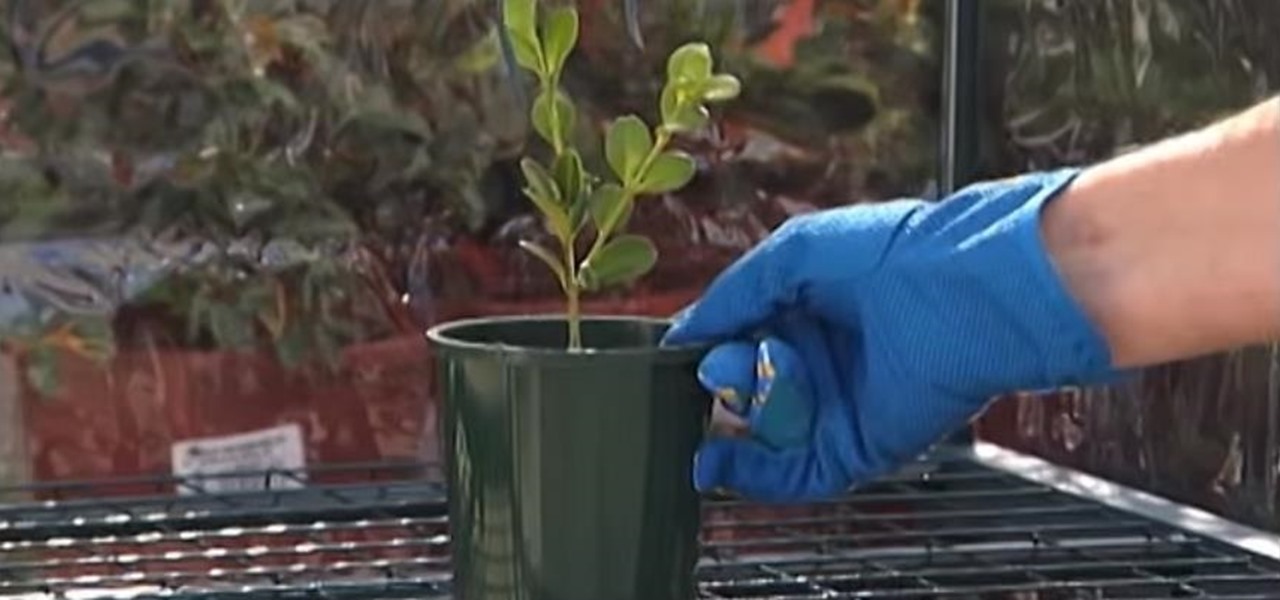
If you want to propagate plants from cuttings, this horticultural how-to will show you how. Make certain you prepare your pot with a propagating mix and make a small hole with your finger. Take the cuttings and strip your leaves. Next, dip your cutting into a hormone gel or powder before putting your cutting into your pot. For more, including complete step-by-step instructions on the propagation process, take a look.

First of all you have to take the branch of the juniper tree. You can do this activity in the early spring which is the months of February and March. Take a very sharp knife and then peel the bark until you see green color. You have to tear the bark down until you see the greenery below the bark and that greenery is called cambium which is extremely thin. You have to use your knife to remove any kind of knots from the bark. Now you have to dip it in the “RooTone” which is a rooting hormone an...
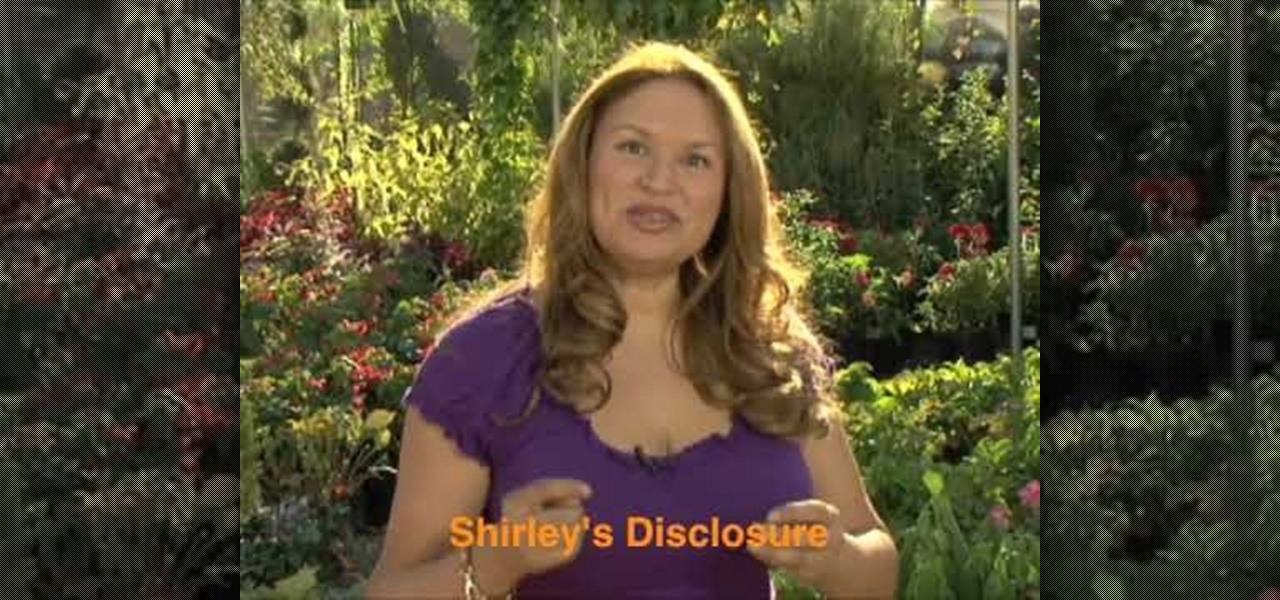
Succulent Kalanchoe plants are very easy to multiply. The first thing that you need is a healthy mother plant. Take a small leaf section from the base of the plant. Clean the dirt up on the leaf. Set the leaf out to dry in a nice warm area where you don't get direct sunlight because you don't want the leaf to dry out. The area around the stem of the leaf will get calloused over. Once it is calloused over you are ready to plant the leaf. You need some well draining soil such as seed starting m...

Properly pruning and taking cuttings from a plant is essential to the life of the plant This gardening how-to video demonstrates how to prune a epiphyllum plants for optimal growth.

In this series of gardening videos, our expert on plant propagation tells you how to grow new house plants from tip cuttings of existing ones. She demonstrates how to take your trimming in order to get the best results, then explains in detail how to prepare the soil for maximum growth with nutrients and hormones. Learn what tools you need and what type of plants will react best to this type of propagation. And you will have a full and healthy house full of plants in no time at all!

Here is a fun how to project on dahlia cuttings and propagation. Sarah Raven shows how to take cuttings from dahlia plants in her step-by-step video guide. She also gives a demonstration on how to make a simple propagation tent from a plastic bag, stakes and an elastic band. You want to take cuttings from dahlia plants in the spring. Take dahlia cuttings and create a propagation tent.

In this gardening tutorial, Martin Fish from Garden News shows you how to take cuttings from Salvia patens or blue flower sage. Cuttings are a way to root new plants from a larger plant. Watch this how to video and you can get tips on how to take a cutting and root a blue flower sage plant.
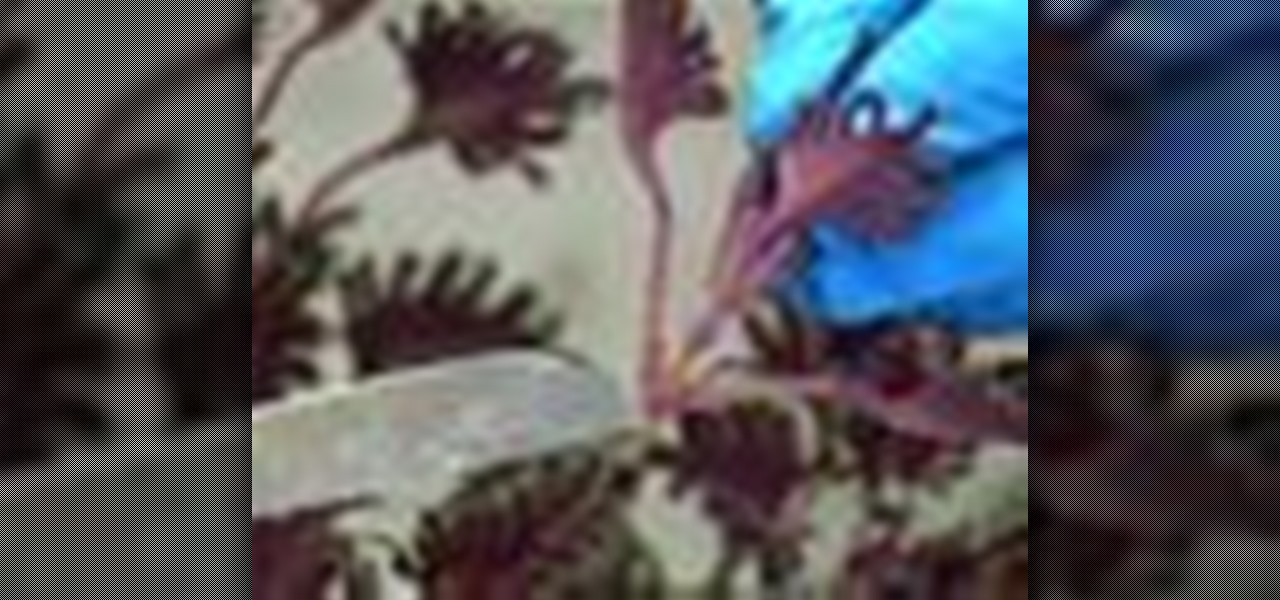
In order to propagate plants from cuttings, you will need the following: plants that can grow from clippings, a container, potting soil, water, and a rooting hormone.
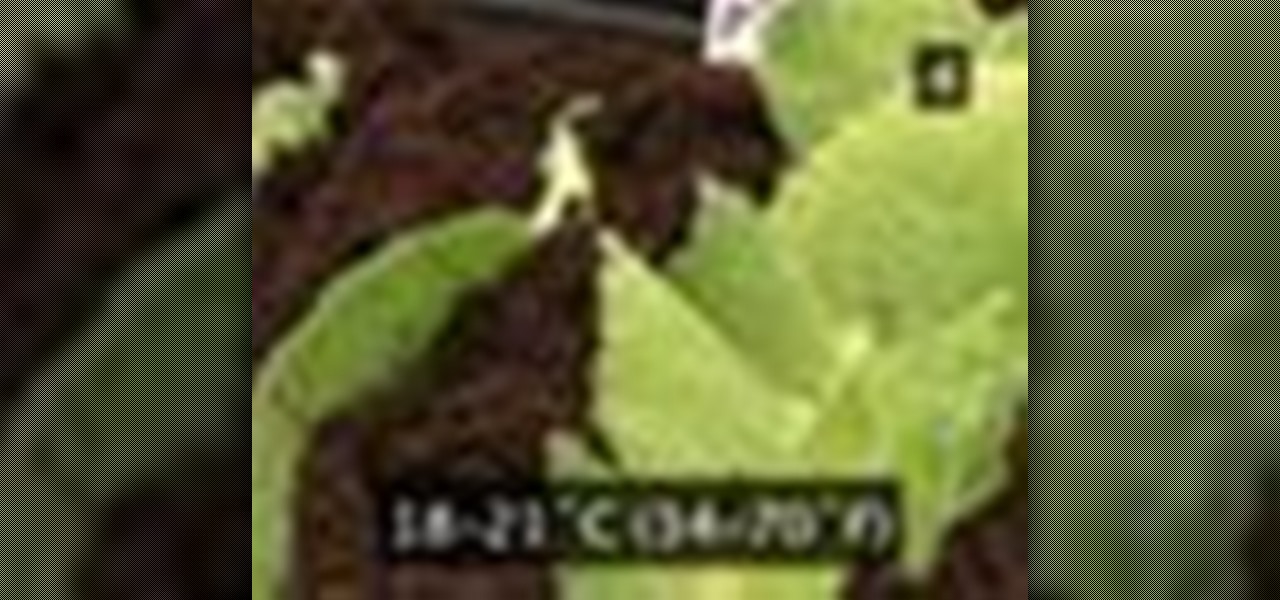
Propagating can help get the best out of your house plants, by giving you new plants for future use. Here we demonstrate leaf lamina cutting, which is used on the likes of Cape Primrose and Gloxcinia. Propagate house plants using leaf lamina cuttings.

Propagation is a great way to get the most out of your house plants, by providing new plants for future use. Here we demonstrate leaf petiole cutting, for use on the likes of Pepperomia and African Violets. Propagate house plants using leaf petiole cuttings.

Cutting allows you to preserve your plants over winter and start a new plant from the same one in another place. This video will show you how. Make plant cuttings.
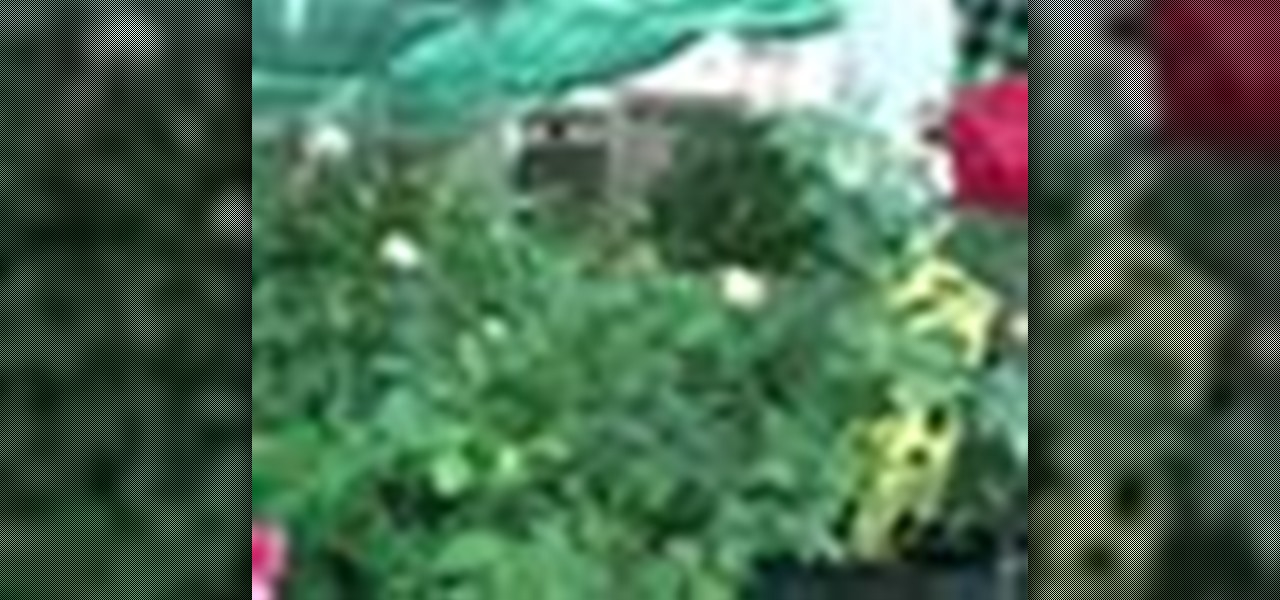
Roses can easily be passed on to family members and friend by means of root cuttings. Watch this video to learn how to properly root a rose and prepare it to be gifted to someone whose garden your love.

The hard part of planting your geraniums is getting them to produce roots. Once you have done that it is important to transfer them to an adequate pot for further growth. This gardening how-to video demonstrates the proper way to pot up rooted geranium cuttings.
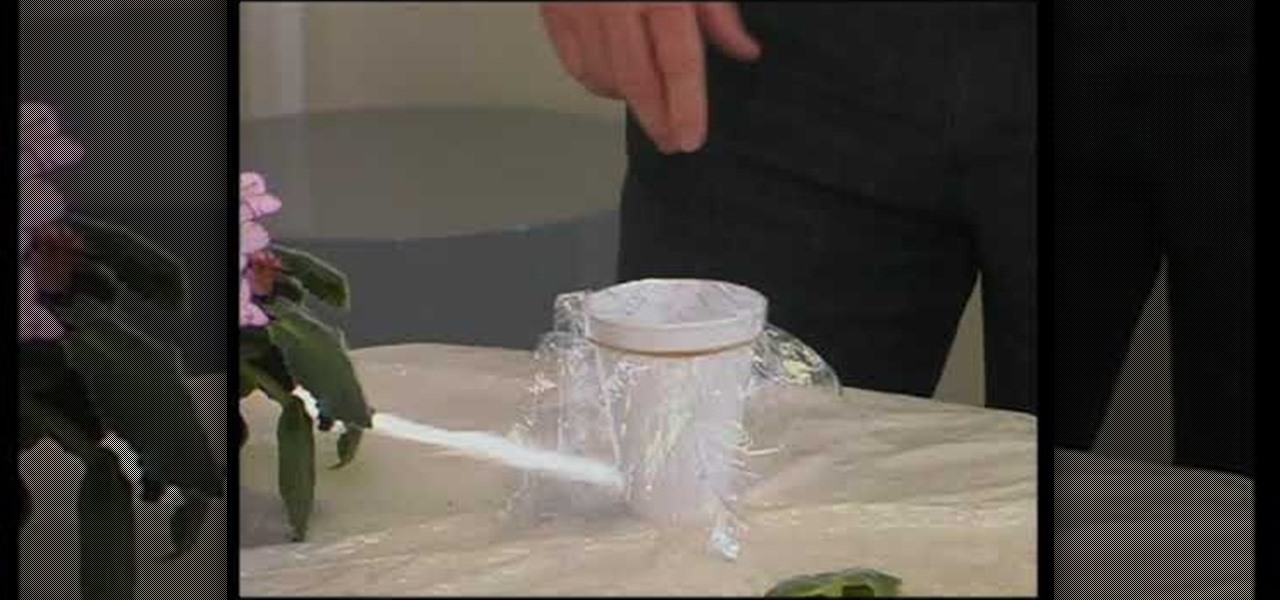
to transfer ice plants, take a Styrofoam cup with holes in bottom and sides for drainage. fill cup with potting soil. place cuttings of ice plants into pot, about 2-3 cuttings per cup. keep moist. for African violets, snap off an entire leaf including the stem. fill a Styrofoam cup with water. cover with saran wrap with a rubber band around the edge to keep it tight. cover completely with aluminum foil to keep inside of cup dark. place hole in center of plastic/aluminum foil with a pencil. pl...
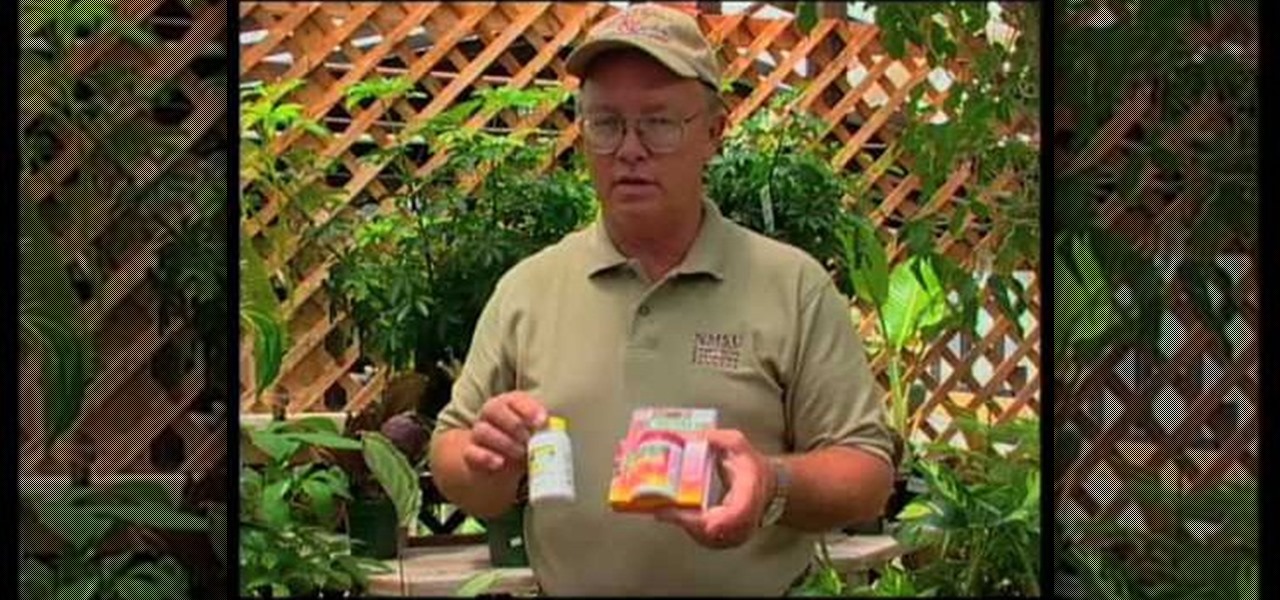
John White discusses how to propagate houseplants. You will need a potting mix called a “soilless” mix, which contains only vermiculite, perlite and peat moss. In addition you will need a sharp knife, a pruner and a weeding hormone to help induce root growth on the cuttings.
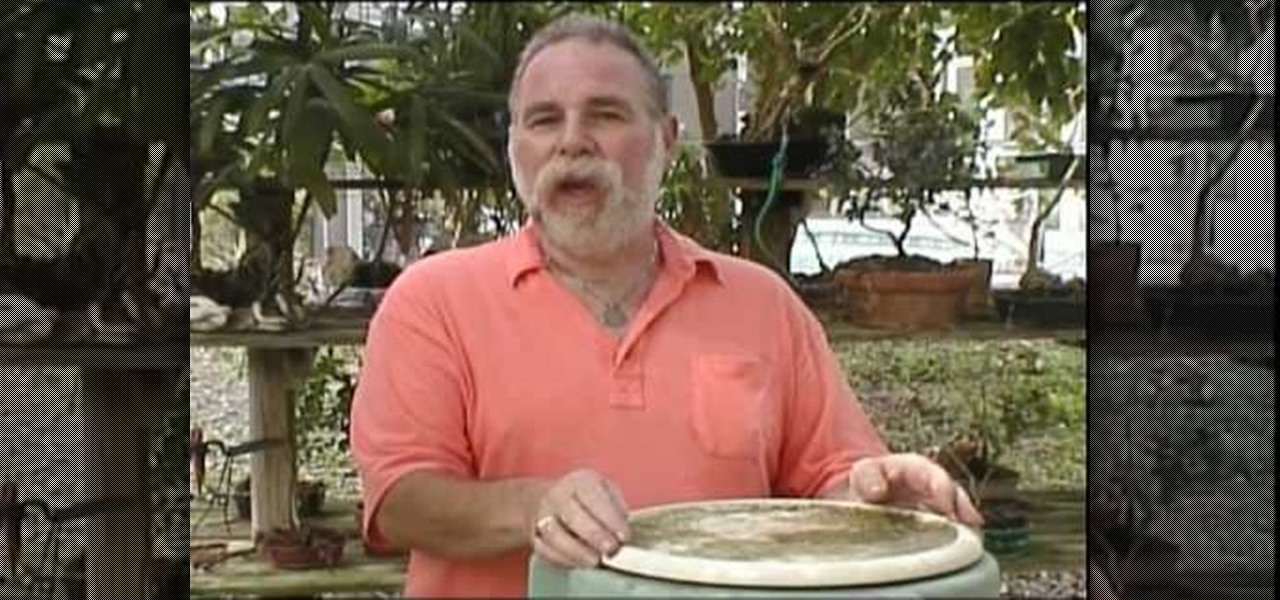
The Serissa (Serissa foetida syn. Serissa japonica), is a great little plant for Bonsai. It flowers for most of the year with tiny white and sometimes pink flowers. It is extremely easy to propagate through cuttings. Just take a cleanly cut branch and stick it in sphagnum moss and it should grow easily. It takes very well to pruning and can fill out quite nicely when pruned frequently. This particular specimen had a wild and unkempt look to it. Making, raising, and caring for bonsai is easy i...

In this how to video, you will learn how to make an Evergreen wreath. You will need pine cuttings, craft wire, a frame, and decorations such as pine cones. Each cutting should be about 8 inches in length and have a firm section that will attach to the base. They should also be very bushy. Wrap the craft wire around the sturdiest part of the pine cutting. Keep adding and attaching pine cuttings over the previous cutting until you go around the entire frame. Once this is done, add the decoratio...
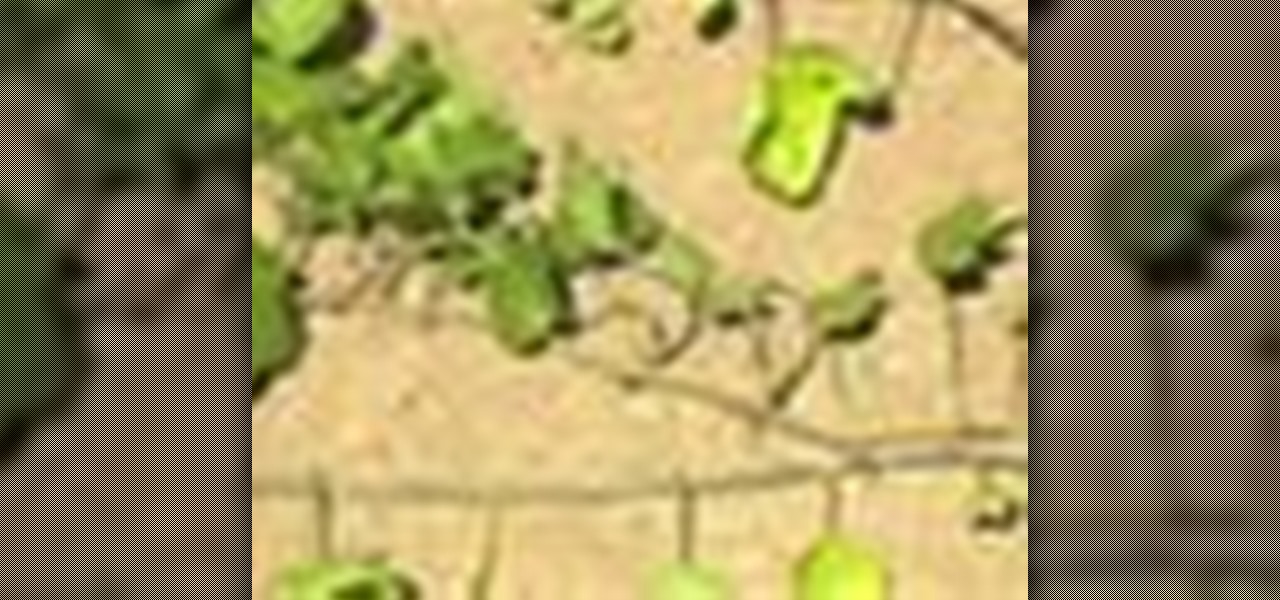
Every one knows what ivy is, but most think of it as the poisonous ivy that gives a horrible itchy rash, but poison ivy isn't the only kind out there. There's beautiful ivy that can make your home more elegant than ever. Growing the prolific ivy plant will convince you that you have a green thumb while adding fresh beauty around your house, indoors and outdoors.

There's nothing nicer than being able to pluck fresh herbs from your own little garden – especially when that garden is right in your home! Learn how to grown an herb garden indoors with this how to video.

This video demonstrates making a paper piercing and cutting project using a template or stencil. The demonstration produces a frame with decorative piercings and cuttings. The frame shown is suitable for scrapbooking, card making or other paper crafts.
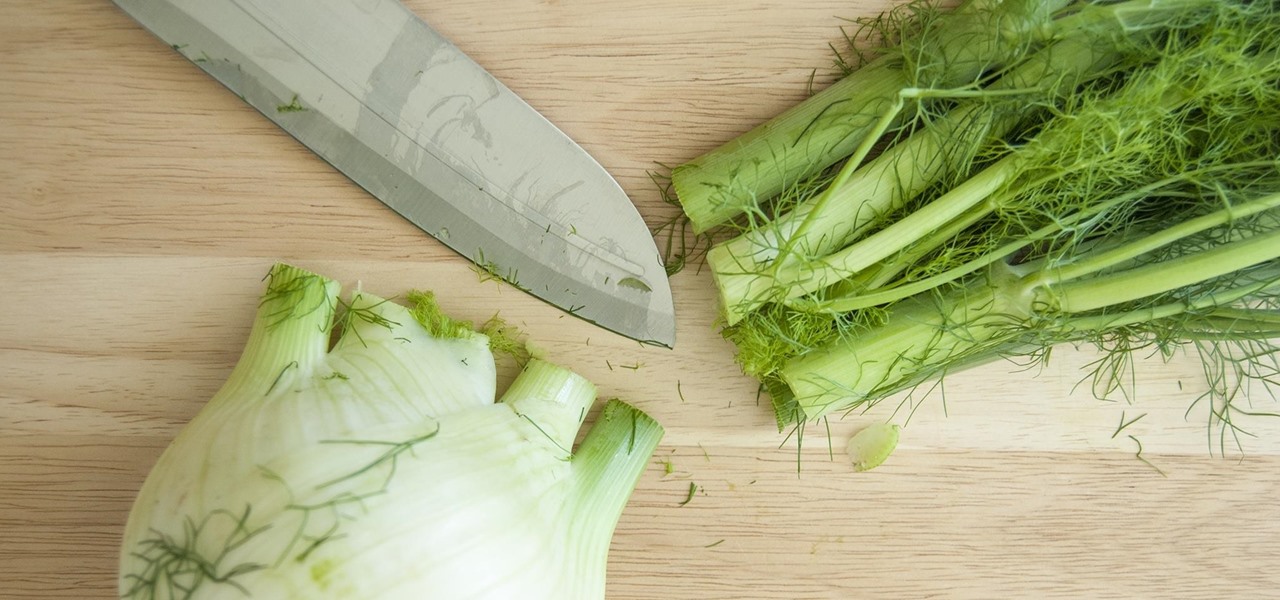
Fresh herbs are a surefire way to enhance a dish, but buying them at the store each time you need them is costly. Luckily, growing your own herbs is a lot easier than it seems: You can even using cuttings from the herbs you already buy to start your own little herb garden.
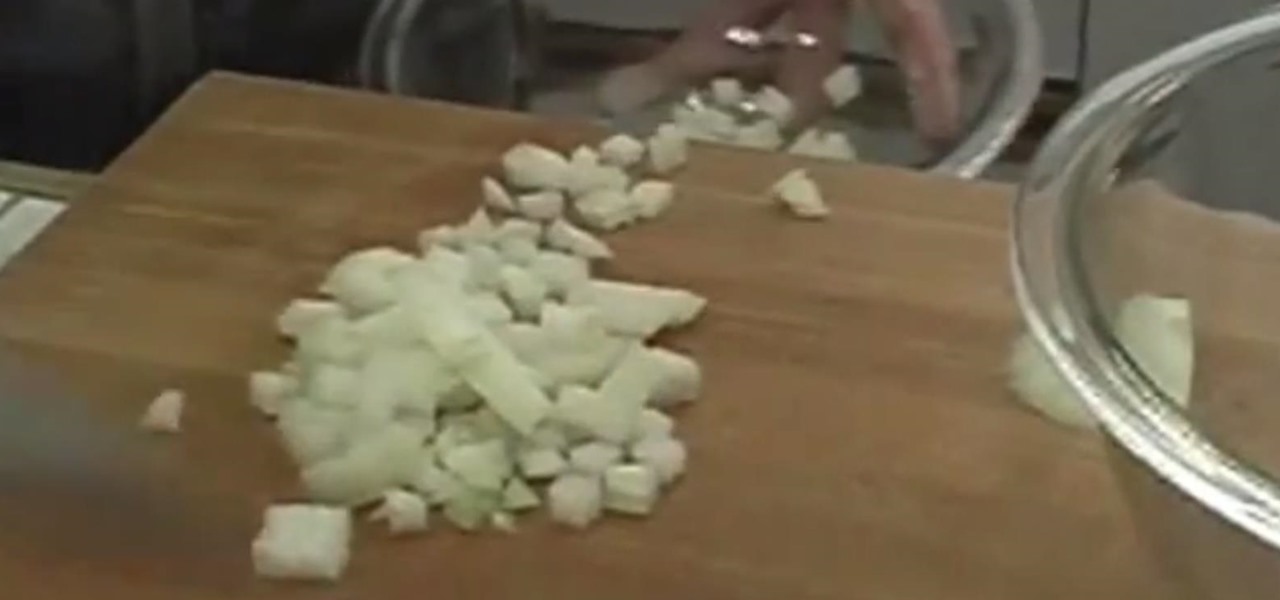
Michael Andrew, from Meals Americana, gives us some interesting tips on dicing an onion without tears.
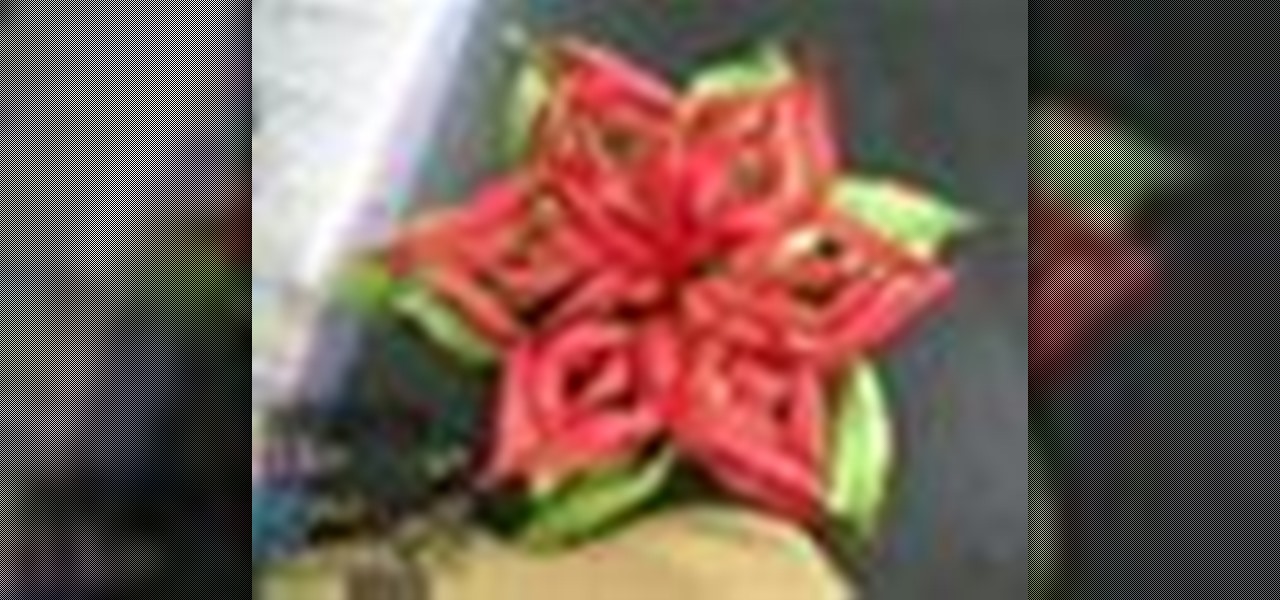
Steps on how to make 3D paper snowflakes for decorating your home. Things you need: 6 pieces of square paper of equal size. scissors. gum. stapler. Steps: 1. Fold one paper to make a triangle. 2. Make three uniform cuts from both directions towards the center leaving a gap along the center. 5. Unfold the paper, let the edges of the inner cuttings meet to make a tube-like appearance and gum the edges together. 6. Turn over the paper and do the same on the second cutting. 7. Turn back again to ...

Learn how to cut back plants in your garden effectively to encourage new growth and remove dead and diseased branches. Follow this Howcast guide to learn how to prune plants.

This gorgeous card is so easy to make and here I show you how, using some fabulous floral papers, however you could use any on hand, this card is a showstopper. Step 1: Items Used
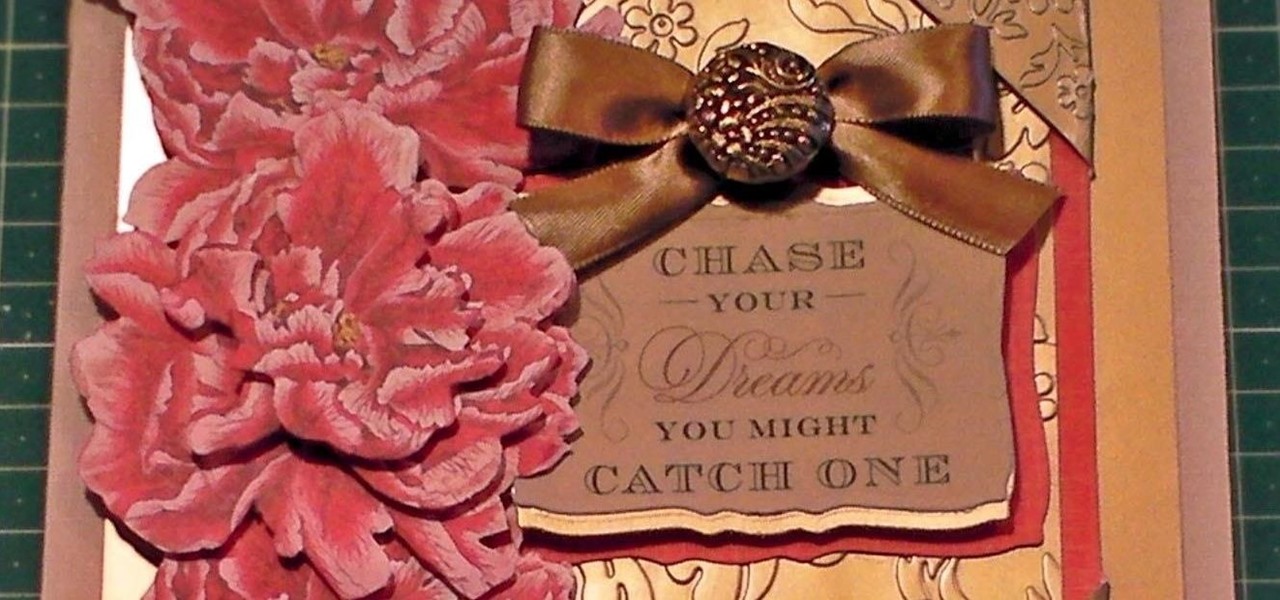
In this cardmaking tutorial, I make a 7x7inch square card using the Pink Peonies from a decoupage collection kit. I also use embossed card and some gorgeous corners to create a really pretty card. Step 1: Items Used

In this cardmaking demonstration I make a really pretty card using a range of pretty papers. The card is a 6x4in card and I go through the layers building up a beautiful card that could be made using any range of papers and any stamps for a multitude of occasions. Step 1: Items Used
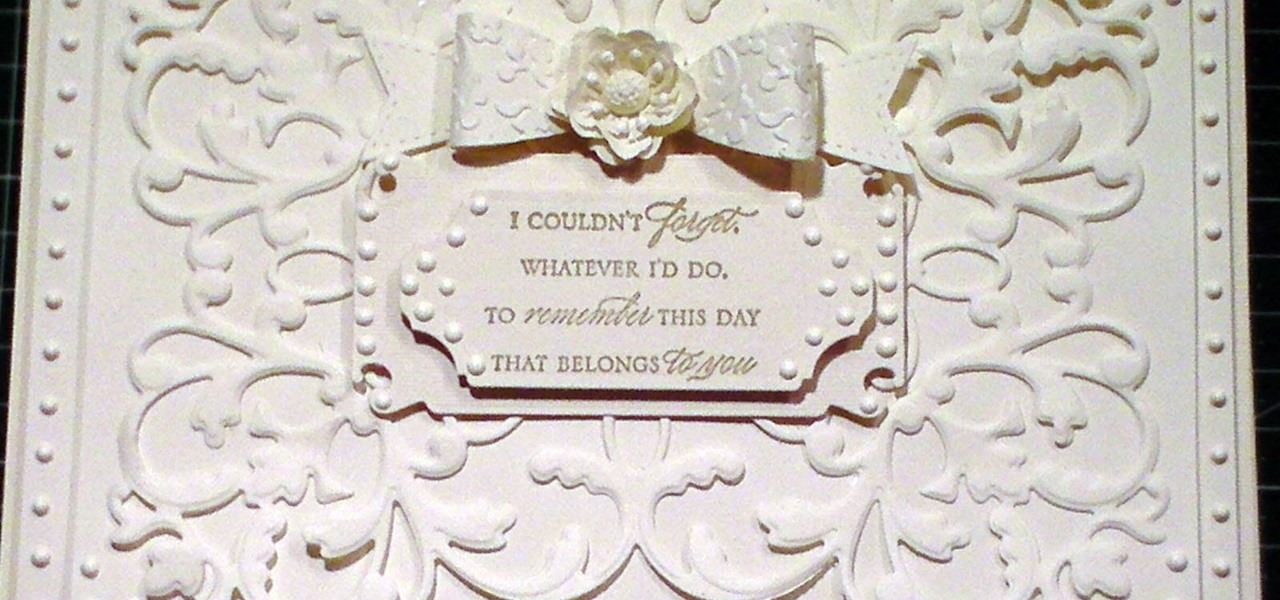
This cardmaking tutorial shows how to make a truly elegant and quick card, that could be made for so many special occasions. The card looks amazing in the Ivory tones and has the look for being embossed, however it is a simple die-cut. Step 1: Items Used
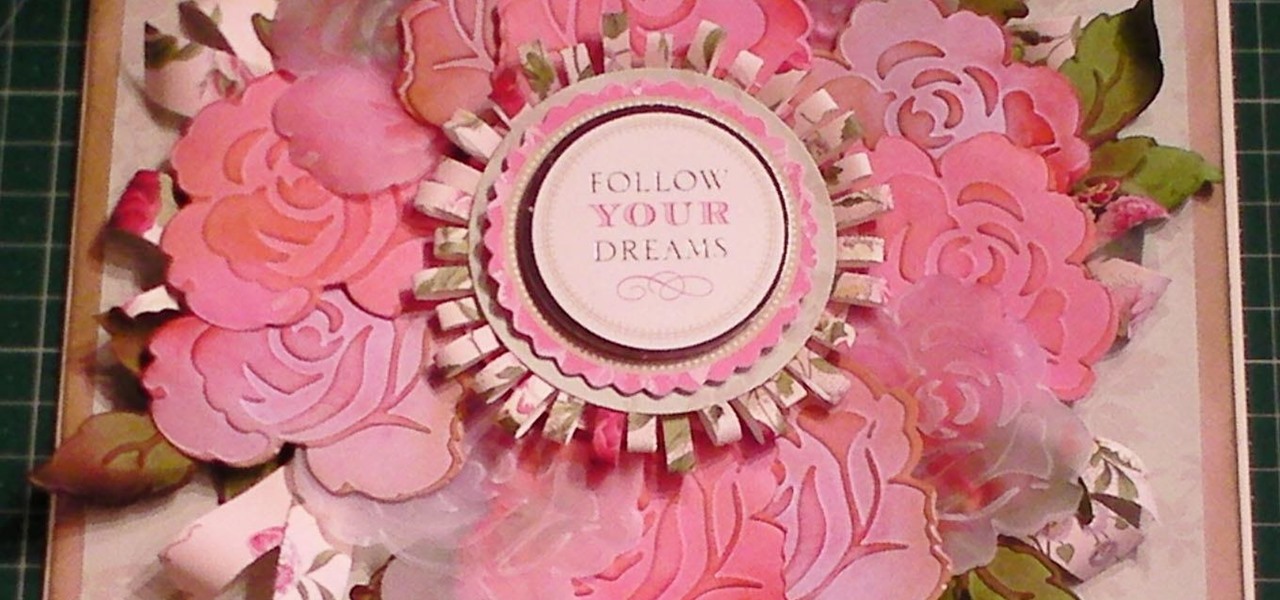
This card is awesome, there is no other words for it! It is pretty, eyecatching and just so gorgeous, using cardstock and vellum to create a wreath made of embossed roses. There are a few different techniques in this tutorial to make the wreath but they are all easy when you see how. Step 1: Items Used
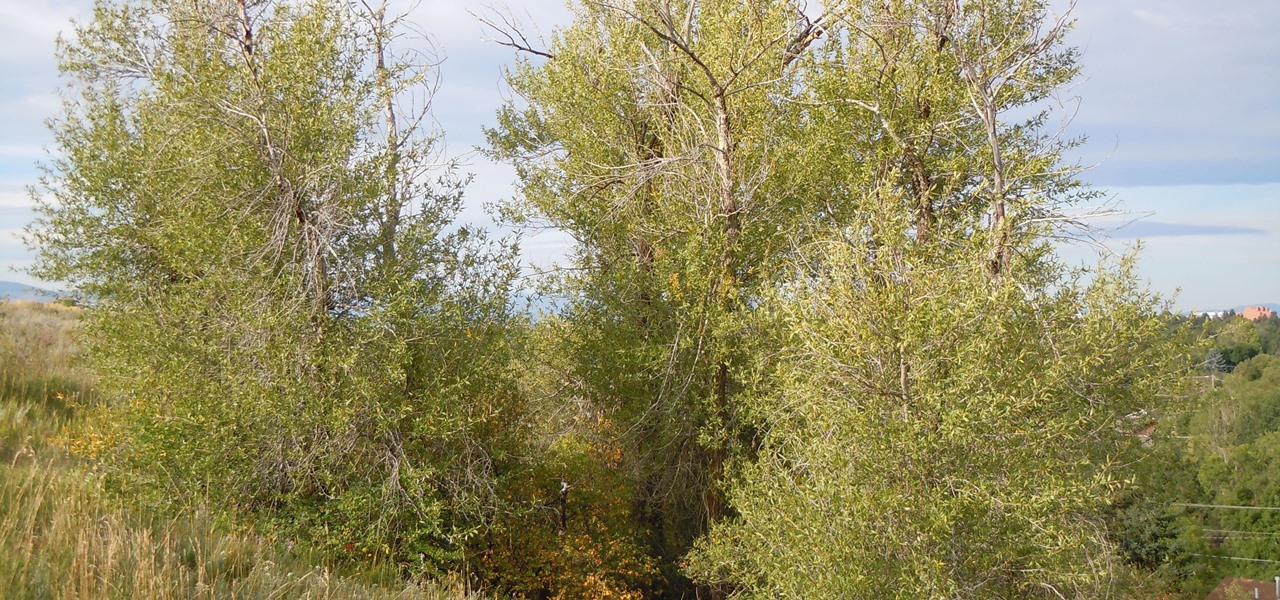
The future of forests looks dreary in the face of a warming climate, but scientists are exploring the relationship between soil microbes and the ability of trees to move to higher altitudes, a key component of their survival.

Watch Carol Klein as she guides you through the process of propagating delphiniums, campanulas and lupins; from taking basal cuttings and potting them on, to how to stake them. To propagate: get as close as you can right at the base of the plant. You want nice, gritty compost. Plunge your propagation cutting in there as deep as you can get it. Propagate delphiniums, campanulas and lupins.

Sarah Raven demonstrates how to plant up dahlia tubers in trays indoors, to ensure a greater number of cuttings in summer.

Joe Swift demonstrates how to prune and take hardwood cuttings from dogwoods. Follow these Gardeners' World step-by-step guides to garden projects from the BBC. These lovely tutorials on gardening will grow your green thumb and make your gardens grow healthful plants. Prune and propogate dogwood trees.

Learn how to build a cold frame for your plant cuttings; watch a video of techniques for building the frame; includes tips, materials, and tools lists. Build a cold frame.

Tommy gets a second wind now that he can see noticeable progress on the Bombe. He draws and cuts the dividers for the pigeonhole assembly and inserts them from the back. Using scrap wood from previous cuttings because it has the same colors, tones and textures, he designs a pattern for the valances. Now the top row is almost complete, and Tommy is “feeling energized again.”

Spring is coming around the corner, and what better to welcome it through the door than houseplants? Design Sponge posts a simple tutorial on plant propagation, the natural process of using plant cuttings to produce more plants. Surprisingly easy (and cheap).
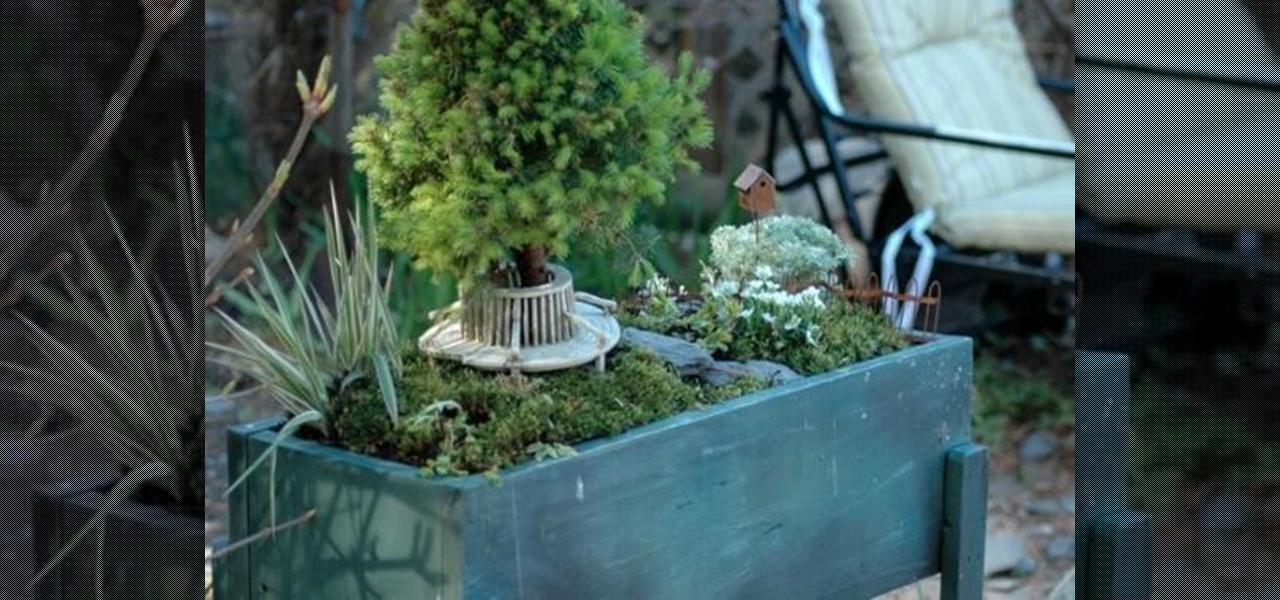
Have you seen all the adorable miniature garden ideas? Containers of some sort (wood boxes, planters, drawers, wheel barrows, bird baths…) hold a little scene full of tiny living plants along with little adornments like garden benches, hardscapes and paths. They are absolutely enchanting for all ages and how fun to shop the house and find special little things to decorate your tiny garden whether indoors or out. Not only can you plant real, live tiny plants in your garden. Consider little suc...